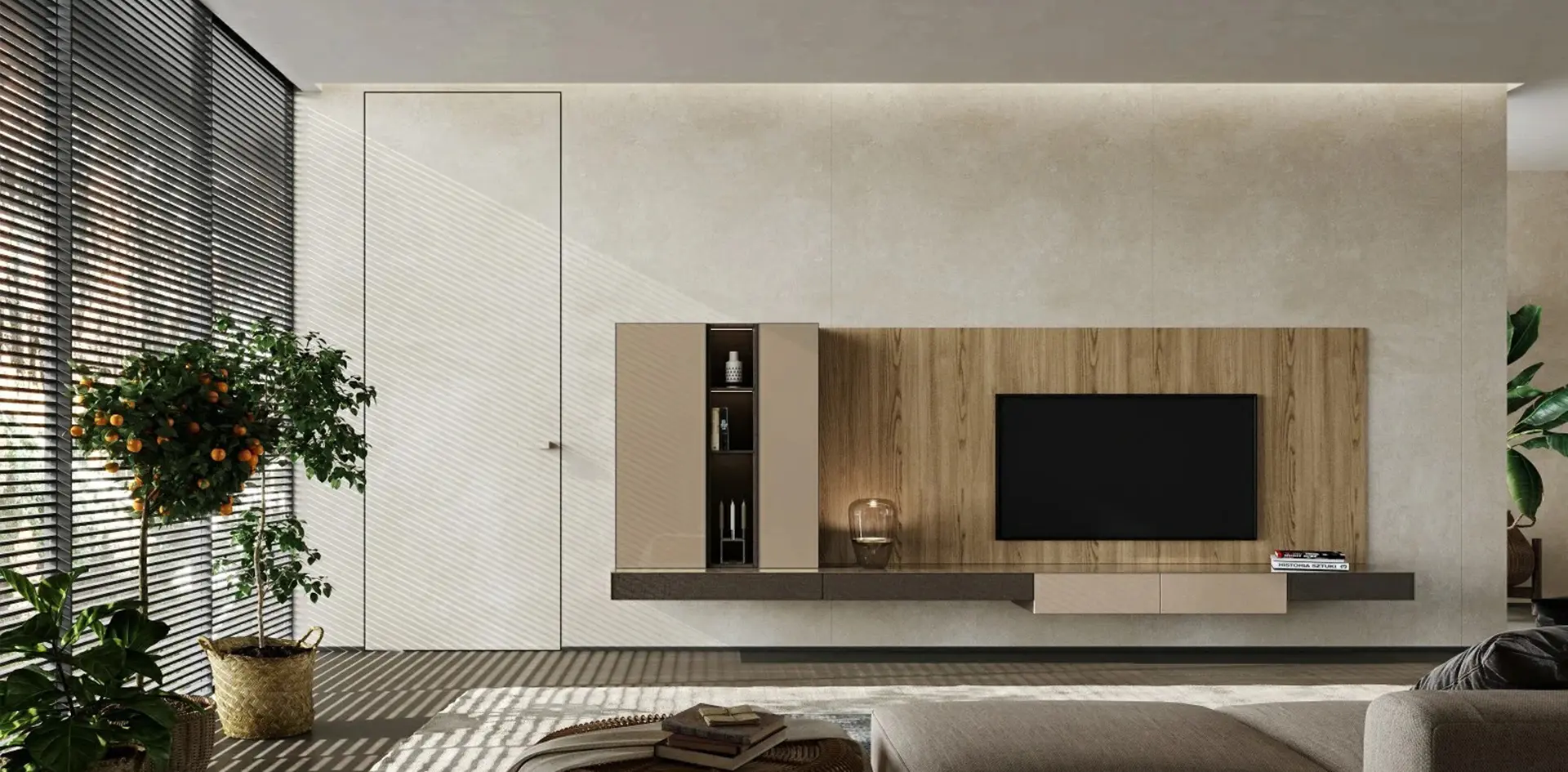
Essential Guide to Choosing the Perfect Wood Entrance Doors for Your Home
Choosing the right entrance door is a crucial decision for homeowners, as it significantly influences both the aesthetic appeal and functionality of a home. Wood entrance doors have long been favored for their timeless beauty, durability, and ability to provide excellent insulation. According to the National Association of Home Builders (NAHB), over 80% of new homes feature wood doors, underscoring their popularity as a preferred choice for enhancing curb appeal and adding value to properties.
When selecting wood entrance doors, it's essential to consider various factors such as material quality, design, and energy efficiency. A study by the U.S. Department of Energy found that high-quality wood doors can reduce energy consumption significantly, leading to lower heating and cooling costs. Additionally, wood doors offer a range of design options, from classic to modern styles, allowing homeowners to personalize their entrance to reflect their unique taste.
In a competitive real estate market, investing in high-quality wood entrance doors can yield an impressive return on investment. The Remodeling 2021 Cost vs. Value report highlights that replacing a front door with a new wood model can recover up to 75% of the project cost upon selling the home. As you embark on the journey of choosing the perfect wood entrance doors for your home, understanding these key aspects will help you make an informed decision that enhances both the beauty and efficiency of your living space.
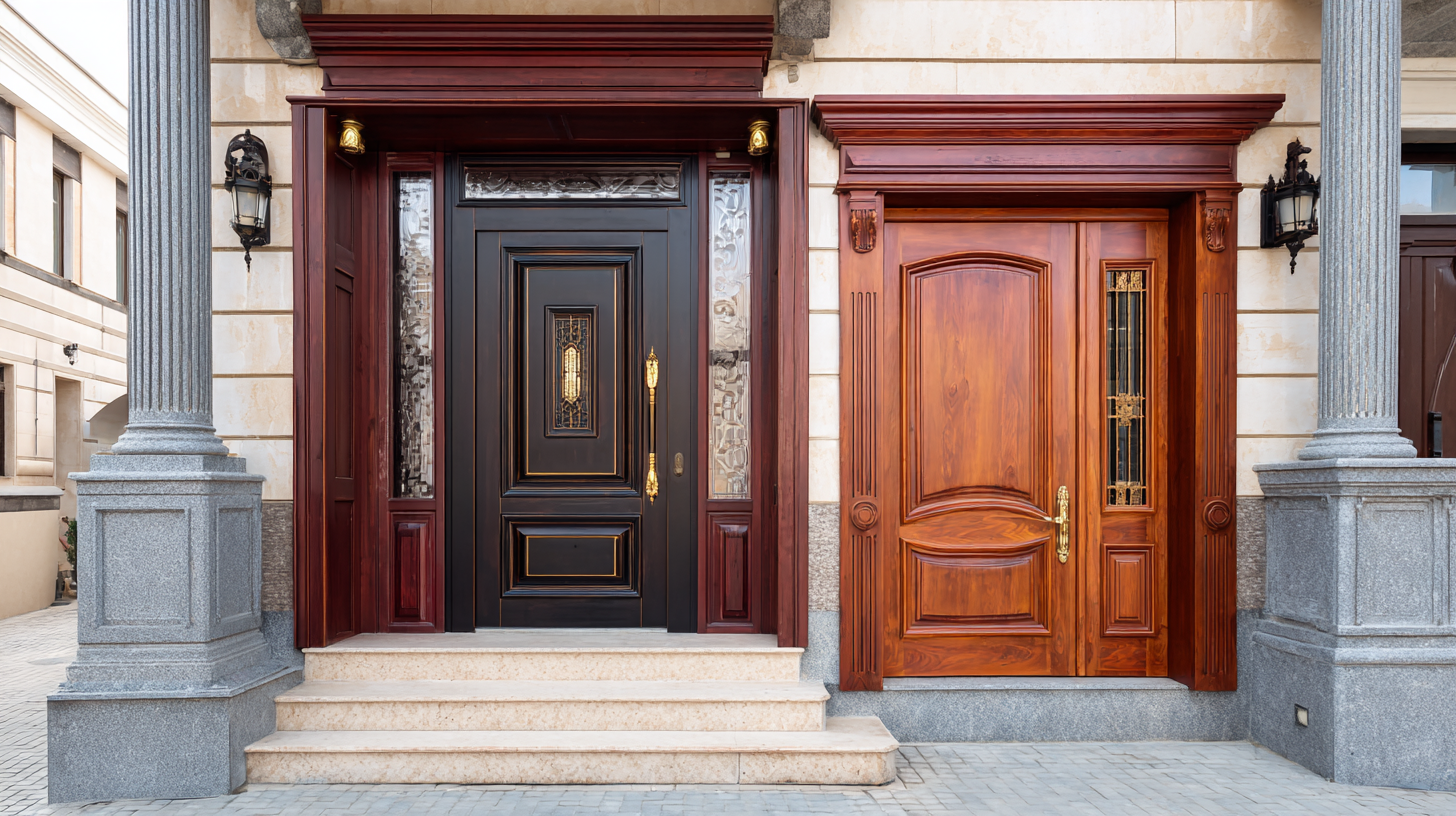
Understanding Different Wood Types for Entrance Doors and Their Benefits
When selecting wood entrance doors for your home, understanding the various wood types available is crucial. Hardwoods like oak and mahogany are popular choices due to their strength and durability. According to the American Hardwood Information Center, these woods not only resist warping and denting but also offer a timeless aesthetic, significantly enhancing curb appeal. Mahogany, in particular, is noted for its rich color and beautiful grain, which can elevate the elegance of any entryway.
On the other hand, softer woods such as pine are more cost-effective options that are easier to work with, making them ideal for custom designs. However, they may require more maintenance over time due to their susceptibility to scratches and dents. A report by the Wood Products Council indicates that softer woods might not perform as well against harsh weather conditions, emphasizing the importance of considering climate factors when making your selection. Ultimately, choosing the right wood type will not only ensure the longevity and security of your doors but also reflect your personal style and the character of your home.
Evaluating Door Thickness: How It Affects Insulation and Security
When choosing wood entrance doors for your home, the thickness of the door plays a crucial role in both insulation and security. According to a report by the National Association of Home Builders, a door thickness of 1-3/4 inches provides optimal performance, balancing durability with energy efficiency. Increased door thickness can improve insulation values, which means your home will maintain its temperature more effectively, leading to potential energy savings of up to 15%. This is particularly beneficial in extreme climates.
**Tips for Choosing Door Thickness:**
1. Consider your local climate: In colder regions, opting for thicker doors improves insulation, while in warmer areas, standard thickness may suffice.
2. Evaluate security features: A thicker door can resist forced entry better than a standard door. Look for doors with a minimum thickness of 1-3/4 inches if security is a concern.
Furthermore, thicker doors offer enhanced soundproofing, making them ideal for homes in noisy neighborhoods. A study by the Door and Access Systems Manufacturers Association indicates that thicker doors can reduce noise transmission by up to 20%, providing a peaceful living environment. Ensure that the door frame also complements the thickness, as a sturdy frame is essential for maximizing the benefits of a thicker door.
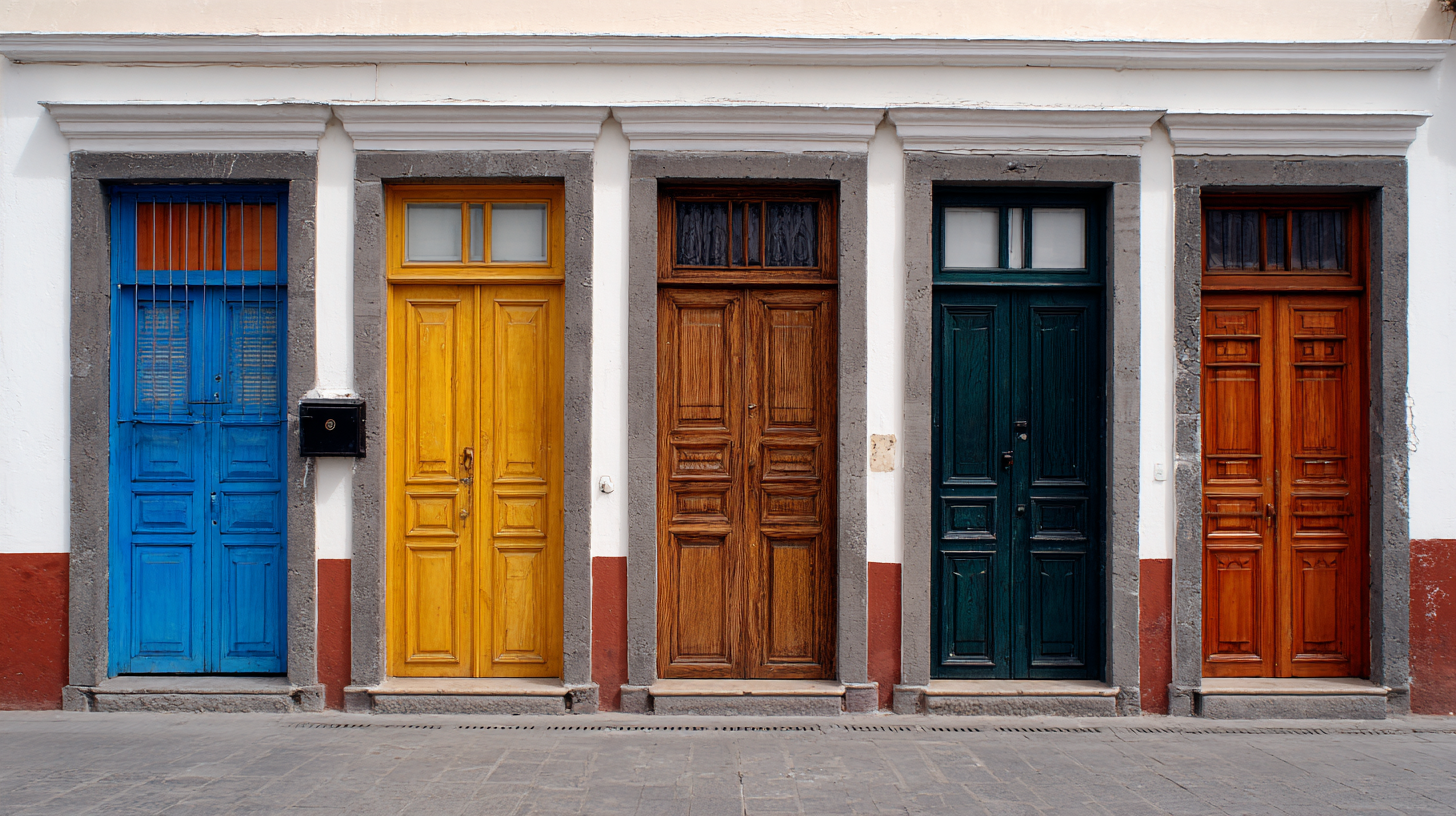
The Impact of Design Styles on Curb Appeal and Home Value
When selecting wood entrance doors for your home, it’s essential to consider the impact of design styles on both curb appeal and home value. A well-designed door can significantly enhance the first impression your home makes, setting the tone for the entire property. Styles such as modern minimalist, traditional craftsman, or rustic farmhouse can each convey different aesthetics, making it crucial to choose a design that reflects your personal taste while complementing your home's architecture.
Moreover, the right entrance door not only adds character but also boosts your home's resale value. Potential buyers often assess exterior features first, and a stylish, high-quality wood door can be a deciding factor. Features like distinctive grain patterns, elegant hardware, and vibrant finishes can all contribute to a door’s appeal and overall perception of quality. By investing in a thoughtfully designed wood entrance door, homeowners can ensure that their choice enhances not only their daily enjoyment of the space but also the long-term value of their property.
Impact of Wood Entrance Door Design Styles on Curb Appeal and Home Value
Energy Efficiency Ratings: Choosing Doors That Save on Energy Costs
When selecting wood entrance doors for your home, understanding energy efficiency ratings is crucial. According to the U.S. Department of Energy, doors play a significant role in the overall energy performance of a home. In fact, as much as 15% of a home's heat loss can occur through improperly sealed or inefficient doors. This makes it essential to choose a door that not only complements your home's aesthetics but also provides adequate insulation.
Look for doors with high energy efficiency ratings such as those certified by the Energy Star program. Doors that meet these standards typically feature advanced materials and construction techniques which enhance thermal performance. For instance, a solid wood door with an insulated core can achieve a U-factor (a measure of heat transfer) as low as 0.15, significantly reducing heating and cooling costs. Additionally, consider the door's R-value, which indicates its resistance to heat flow; a higher R-value means better insulation, thus increasing energy savings over time. Investing in energy-efficient wood doors will not only enhance your home's comfort but also contribute to long-term savings on energy bills.
Essential Guide to Choosing the Perfect Wood Entrance Doors for Your Home - Energy Efficiency Ratings: Choosing Doors That Save on Energy Costs
| Door Model | Material | Energy Efficiency Rating (U-Value) | Insulation Type | Estimated Energy Savings (%) |
|---|---|---|---|---|
| Model A | Solid Wood | 0.25 | Polyurethane Foam | 20% |
| Model B | Engineered Wood | 0.30 | Fiberglass | 15% |
| Model C | Mahogany | 0.20 | Mineral Wool | 25% |
| Model D | Oak | 0.35 | Cellulose | 10% |
| Model E | Pine | 0.40 | Expanded Polystyrene | 5% |
Maintenance Tips for Wood Doors: Longevity and Performance Insights
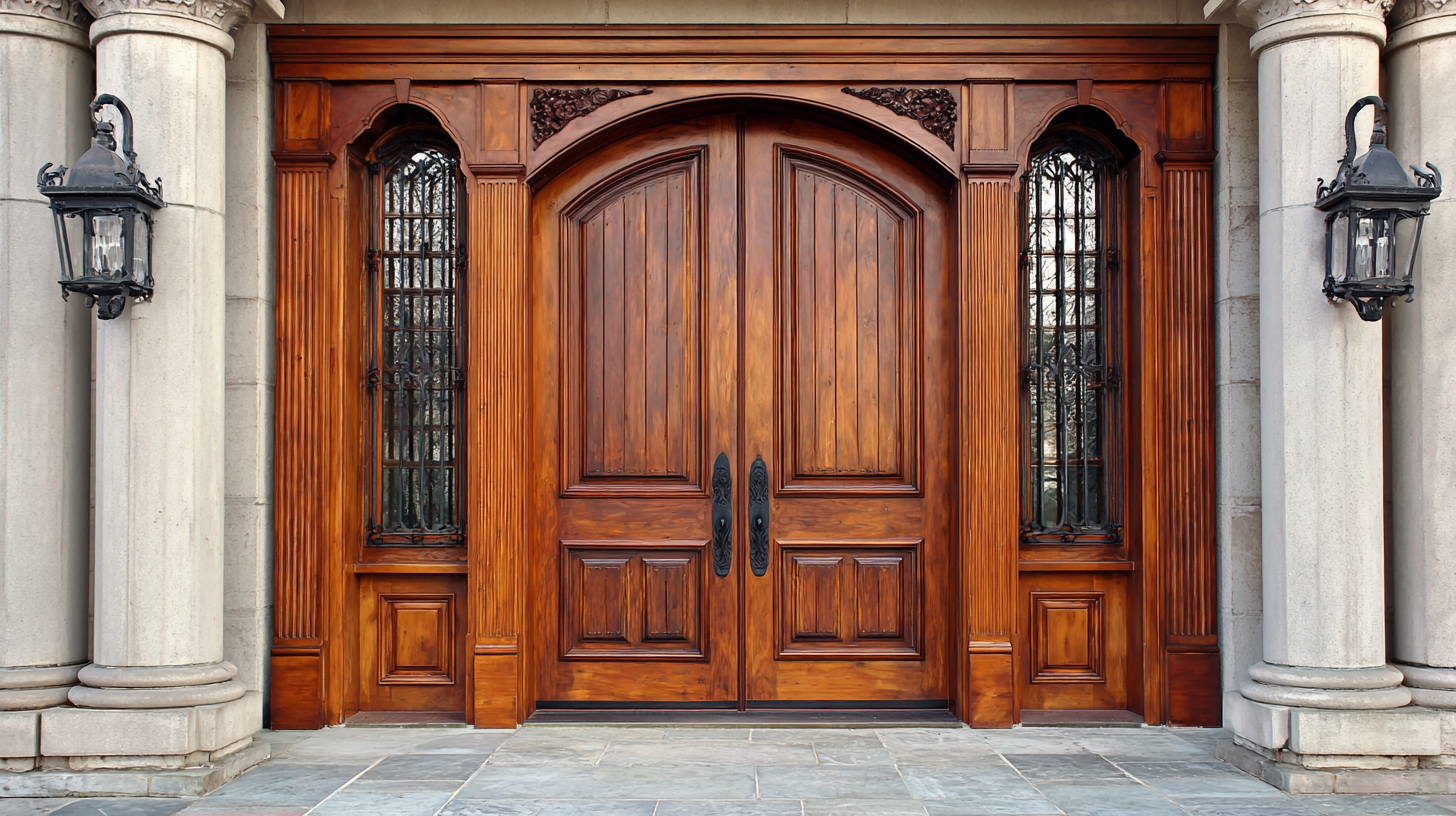 Wood entrance doors add beauty and warmth to any home, but their longevity and performance hinge significantly on proper maintenance. One of the most crucial aspects of caring for wood doors is regular cleaning. Use a soft cloth and a gentle wood cleaner to remove dust and grime; harsh chemicals can damage the finish and the wood itself. It’s also important to inspect the door for signs of wear, such as cracks or warping, which can compromise both aesthetics and functionality.
Wood entrance doors add beauty and warmth to any home, but their longevity and performance hinge significantly on proper maintenance. One of the most crucial aspects of caring for wood doors is regular cleaning. Use a soft cloth and a gentle wood cleaner to remove dust and grime; harsh chemicals can damage the finish and the wood itself. It’s also important to inspect the door for signs of wear, such as cracks or warping, which can compromise both aesthetics and functionality.
Another key maintenance tip involves sealing and refinishing the door periodically. Applying a good quality sealant or wood preservative every few years will protect the door from moisture damage and UV rays. Additionally, refinishing the surface can rejuvenate the appearance of your wood door while enhancing its resilience to the elements. Pay attention to hinges and hardware as well; lubricating these parts ensures smooth operation and prevents undue stress on the door frame. With consistent care, wood entrance doors can retain their charm and structural integrity for many years.
Related Posts
-

Ultimate Tips for Choosing the Best Wood Entrance Doors for Your Home
-
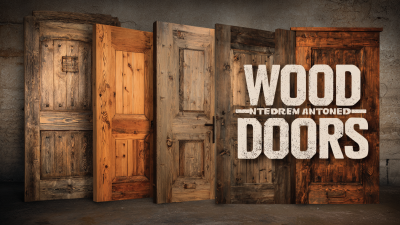
Understanding Industry Standards: How to Choose the Best Wood Entrance Doors for Global Markets
-

Exploring Unique Alternatives to Best Wood Entrance Doors for Global Buyers
-
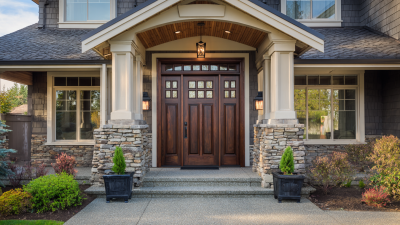
Mastering the Selection Process for the Best House Door Installation
-
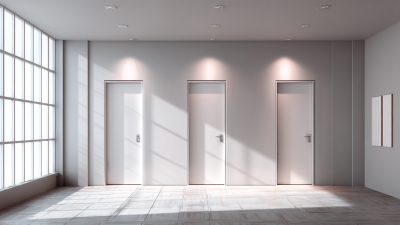
5 Clever Tips to Choose the Best Access Panels for Your Needs
-

Solutions for Effective Best Roll Doors in Industrial Settings
